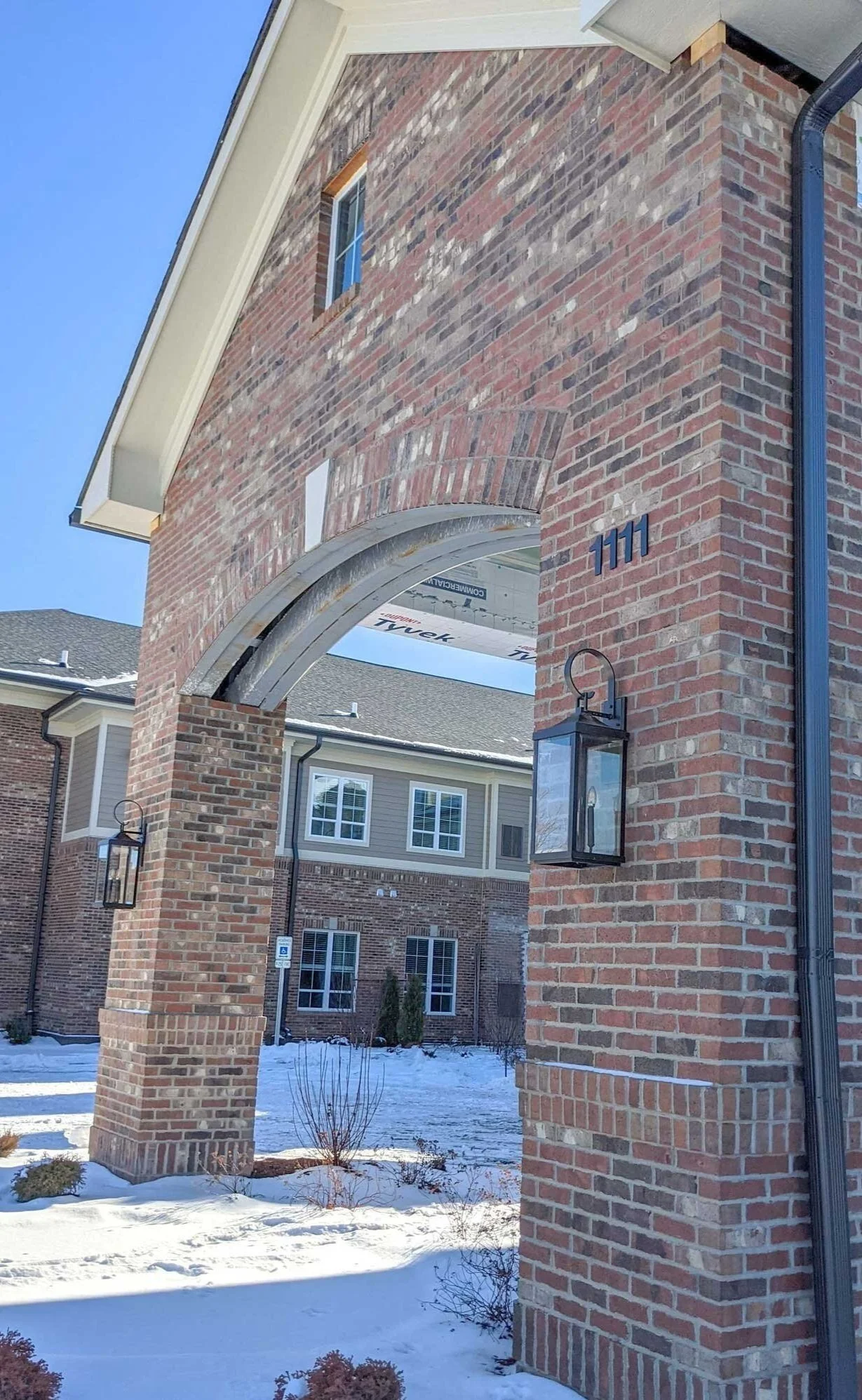When the Temps Drop, How to Up Your Safety Game
You don’t expect to see frost on the bushes or cold winds whipping through the veranda at a Florida senior living community, but the unexpected happens. Residents find themselves wading through floodwaters, escaping fires with a few possessions, and stuck in motels waiting for power and/or water restored after a disaster.
As Stan Szpytek, president of Fire and Life Safety, often says, communities have to be prepared for all types of disasters, not just the ones most likely to occur. While most senior living communities understand the importance of preparedness and have disaster plans in place, studies suggest there are still gaps and risks. We are seeing this in real-time this week, as communities in traditionally warm states are experiencing record-cold temperatures, frost, and even the possibility of ice or snow.
Understanding the Risk through Research
There are aspects of building design that apply to different climates and common weather-related issues. By knowing what conditions are predictable, we can design accordingly and help keep both residents and buildings as safe as possible when a weather-related disaster strikes.
The Federal Emergency Management Agency (FEMA), among other organizations, has a treasure trove of information; facts about various weather issues to emergency-management guidelines. Working together, we can use these resources to do everything possible to protect residents, buildings, and properties.
Assessing the Risks
A thermal imaging camera can help alert building management to possible problem areas in advance. For instance, it can catch roof leaks or electrical malfunctions that are hidden from view. Identifying and addressing these risks before they cause structural damage, flooding, fires, and other disasters can save thousands of dollars, prevent injuries, and avoid the need for evacuations.
How to Prepare
Protect plumbing. To help prevent frozen pipes, consider adding antifreeze to heating lines. Make sure outside dampers are fully closed, keep vents clear, set circular pumps to run continuously, and install low-temperature sensors/alarms to alert staff to potential freezing. Make sure pipes/walls are adequately insulated and consider the value of heat wrap/tape for more exposed plumbing.
Attic insulation makes a difference. This provides a buffer against the elements all year round. It also limits the strain on HVAC systems. Different climates call for different insulation R-values, a way to measure how well insulation materials can resist heat. Higher R-values are better in severe temperatures.
Insulate windows. Block air leakage paths around doors, windows, electrical boxes, and attic hatches. Polyurethane foam is among the most effective air-sealing products, but it must be applied precisely. Consider 1 ½- or 2-inch-thick rigid foam panels on the outside of exterior frame walls, under siding, masonry, or stucco to enhance energy performance and reduce heating/cooling costs.
Service generators. Don’t wait until a storm or bad weather is predicted to check and service generators. Schedule regular inspections for these devices and make sure they are ready to go at any time. Where residents live in independent housing, small generators or Jackery devices can help them power personal devices and small appliances during a power outage.
Protect pools. Maintain proper water levels, balance the pH, and if you use an automatic pool cleaner, remove it and store it properly.
Ensure walking paths and other outdoor areas are free of frost, ice, or other hazards.
Whether in Texas or Florida or somewhere in between, weather-related crises are a reality and often come when you least expect them. We design for safety and security as well as beauty and comfort. Let us help you design, master plan, or reposition your community that your residents will love in any weather.
Pi Architects | Contact us here or call us at 512-231-1910.







